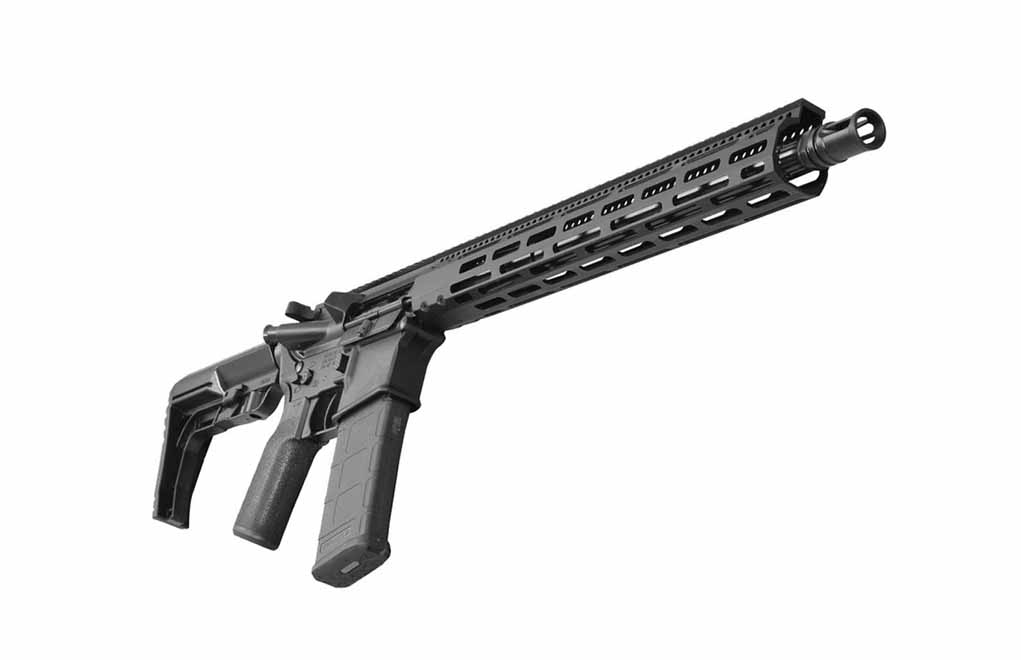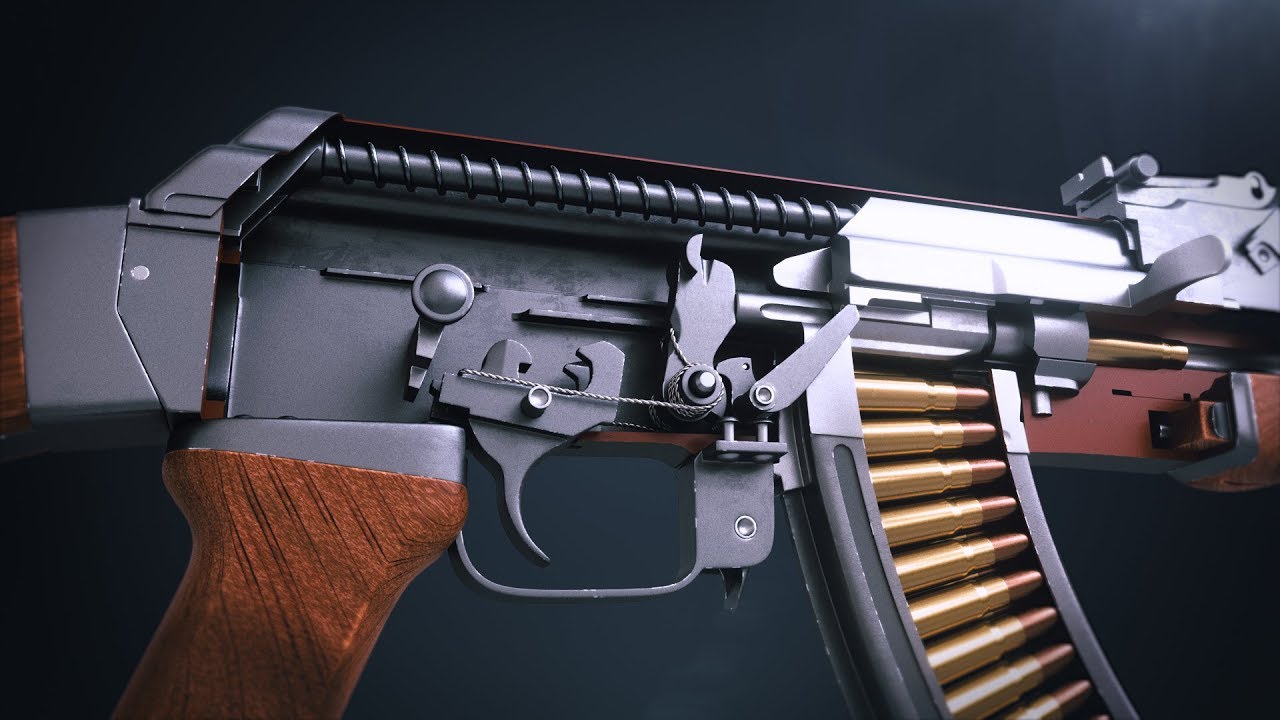
The smaller the gauge, the wider the bore (a 10-gauge bore is larger than a 20-gauge bore). The diameter of a shotgun’s bore is called its gauge. 270) or in millimeters (6.5mm, 7mm).Ī shotgun typically has a smooth bore and is designed to fire multiple small projectiles (called shot) at the same time. The diameter of a rifle’s bore is called the caliber and may be measured in fractions of inches (.308. Spiral grooves in a rifle’s bore, called rifling, stabilize the bullet in flight by causing it to spin. Safety: A device that, when engaged, prevents the gun from firing (should not be relied upon).īutt stock: The back end of the stock that is braced against the shooter’s shoulder.įorestock (or forearm): The front part of the stock that is held by the shooter’s supporting arm.Ī rifle is designed to fire one projectile (bullet) at a time. Trigger: The mechanism that fires the gun. All long guns, with the exception of break action firearms and a few other rare types, have a bolt.Ĭhamber (not pictured): The part of the barrel that houses a cartridge (commonly called the bullet) during firing.Īction: The mechanism by which the bolt is moved back and forth. The bolt contains the firing pin, which, in conjunction with the trigger, fires the cartridge. The magazine may be part of the gun (integral) or detachable.īolt: The part of the gun that moves a cartridge from the magazine into the chamber and locks it in place. Magazine: The part of the gun that holds cartridges before they are fed into the chamber. Think of the receiver as the core of the firearm and the part that ties the whole thing together.īarrel: The metal tube protruding from the receiver down which bullets or shot travel.īore (not pictured): The inside of the barrel. Receiver: The part of the gun that houses (or receives) all of the other critical mechanical parts (barrel, trigger, action).

Handguns (example picture below), by contrast, are typically compact firearms designed to be fired one- or two-handed without bracing any part of the gun against the shooter’s body.įor the sake of simplicity and brevity, the focus of this primer will be on long guns.

Long guns (example picture below) are typically designed to be fired two-handed with a butt stock (aka the back end of the gun) braced against the shooter’s shoulder. The two most basic categories of firearm are long guns and handguns. So, take a deep breath, kick back, relax, and read on for a few basics on firearms identification.
#Do all types of guns have rifling how to#
Firearm Identification: A Guide for the Complete BeginnerĪre you an absolute novice when it comes to firearms? Are you feeling a little overwhelmed by an endless sea of technical jargon on gun forums and in gun shops? Are you concerned that you don’t yet know how to recognize and describe the different types of firearms available to civilian marksmen and hunters? Fear not! We were all beginners at some point and there’s no shame in being new.


 0 kommentar(er)
0 kommentar(er)
